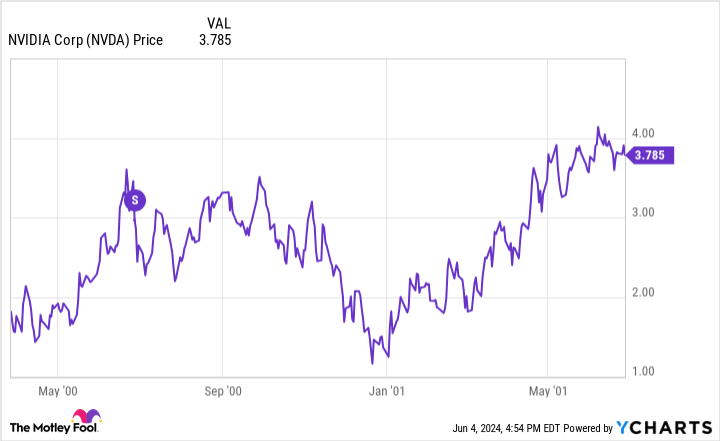Did Nvidia Stock Split Today? Analyzing Nvidia’s Recent 10-for-1 Stock Split
Nvidia (NVDA) has recently executed a significant 10-for-1 stock split, which began trading on a new basis as of Monday. The stock split is designed to make shares more accessible to a broader range of investors by lowering the individual share price without altering the total value of a shareholder’s holdings.

Nvidia’s stock split means that shareholders received ten shares for each share they previously held. For instance, if an investor owned four shares of Nvidia prior to the split, they now own forty shares. This move revised the company’s closing share price from $1,208.88 last Friday to a more affordable $120.88. The split has been positively received, with the stock closing up nearly 1% on its first trading day post-split.
Stock splits are generally viewed as a sign of strength and confidence in a company’s future performance. Historically, companies that announce stock splits tend to outperform the broader market. According to Bank of America, stocks on average rise by 25% in the year following a split announcement, compared to a 12% average return for the S&P 500 in the same timeframe. Nvidia has already seen its stock rise approximately 27% since announcing the split on May 22.
Matt Amberson from Option Research & Technology Services highlighted that the stock split could make Nvidia more reachable for retail traders. With a previous price point over $1,000 and a high implied volatility, options trading on Nvidia was expensive. The reduced share price could potentially stimulate more trading activity.
The stock split coincides with Nvidia’s meteoric rise in market valuation, driven by a surge in demand for its AI hardware. Nvidia briefly eclipsed a $3 trillion market cap last Wednesday, surpassing Apple to become the second-most valuable publicly traded US company. This milestone reflects Nvidia’s crucial role in the burgeoning generative AI sector, which has seen hyperscalers like Amazon, Google, and Microsoft scramble to secure Nvidia’s hardware.
Nvidia’s financials underscore this rapid growth. The company reported first-quarter earnings of $6.12 per share on revenue of $26 billion, representing year-over-year jumps of 461% and 262%, respectively. Nvidia’s Data Center revenue surged by 427% to $22.6 billion, constituting 86% of the company’s total revenue. The gaming segment, which was once Nvidia’s core business, generated $2.6 billion.
Looking ahead, Nvidia continues to innovate. CEO Jensen Huang recently announced an upgraded version of the Blackwell AI platform, called Blackwell Ultra, set for release in 2025, and a new platform named Rubin, expected in 2026, with an Ultra version following in 2027. These developments aim to keep Nvidia at the forefront of AI hardware.
Despite competition from AMD and Intel, who are both advancing their AI hardware, Nvidia remains a dominant force. Additionally, some of Nvidia’s customers, including Meta and Tesla, are developing their own AI chips to reduce dependency on Nvidia’s products.

